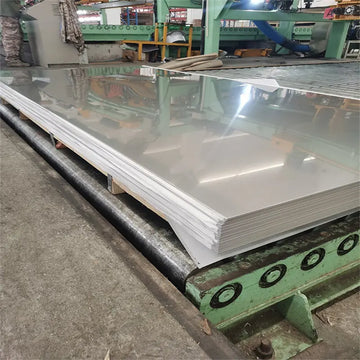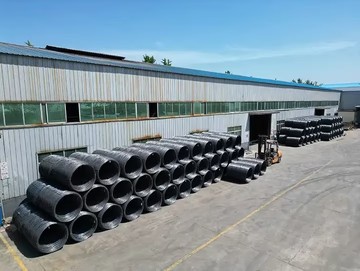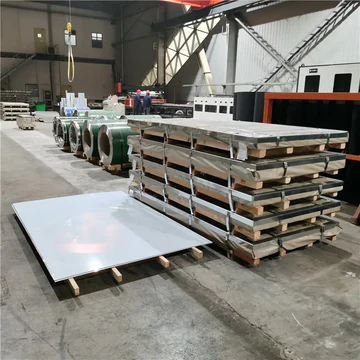
20 YEARS EXPERIENCE
There are more than 30 products to choose from
to meet your every need.
Products Description
The Stainless Steel Import Tariffs have been an important factor in the global trade of this essential material. These tariffs represent the cost of importing stainless steel products into various countries, which can vary significantly depending on factors such as location, market demand, and economic conditions.
In this guide, we will explore the different aspects of the Stainless Steel Import Tariffs, including their history, purpose, impact on businesses, and potential solutions. We'll also provide examples of how these tariffs affect specific industries and how they may change over time.

Introduction
The import of stainless steel has been regulated by various tariffs since the early days of globalization. This regulation aims to protect domestic industries from foreign competition while ensuring that consumers receive quality products at fair prices. In this guide, we aim to provide a comprehensive understanding of the Stainless Steel Import Tariffs and how they impact both domestic and international markets.
History of Stainless Steel Import Tariffs

The concept of import tariffs dates back to ancient times when nations would impose taxes on goods imported from other regions to protect local industries. Over time, tariffs became more complex with the development of new technologies and the growth of global supply chains. The Stainless Steel Import Tariffs reflect the evolving nature of the industry and the need to ensure that domestic industries remain competitive.
Purpose of Stainless Steel Import Tariffs
The main purpose of stainless steel import tariffs is to protect domestic industries from foreign competition. By setting up barriers to entry for non-local producers, these tariffs aim to level the playing field between domestic and international players. However, the effectiveness of tariffs depends on several factors, including market demand, government policy, and the overall state of the economy.
Impact on Businesses
Stainless steel import tariffs can have significant impacts on businesses involved in the production, distribution, and sale of stainless steel products. They may lead to higher costs, reduced profit margins, and increased prices for consumers. However, the long-term effects depend on the competitiveness of domestic industries and the ability of companies to adapt to changing market conditions.
Potential Solutions
There are several potential solutions to address the challenges posed by stainless steel import tariffs. One approach is to invest in research and development to improve the efficiency and sustainability of domestic manufacturing processes. Another solution involves diversifying the product range to reduce reliance on single commodities like stainless steel. Additionally, leveraging technology and innovation to streamline supply chain management can help businesses stay competitive.
Example Scenarios
Let's consider the scenario where a major manufacturer of stainless steel components is facing a rise in stainless steel import tariffs due to increased imports from China. How might this affect their operations?
1. Increased Costs The tariff increases could push up the cost of raw materials like stainless steel, leading to higher prices for final products.
Example Scenario A customer purchases a stainless steel component valued at $100 USD. If the tariff rises to 20%, the price could jump to $120 USD, making the product unaffordable for many buyers.
2. Reduced Profit Margin With higher input costs and possibly reduced sales volume, the company might experience a decline in profitability.
Example Scenario Assuming the tariff affects all customers equally, the company sells 500 units per month before the tariff. After the tariff hike, the number of units sold drops to 400 per month, resulting in a decrease in revenue by 20%.
3. Price Transparency To mitigate consumer confusion or dissatisfaction, the company may choose to disclose the full cost of products, including tariffs, to consumers.
Example Scenario Before the tariff, the company charges $50 USD per unit. Post-tariff, they list the cost of $55 USD per unit to ensure transparency and maintain trust among consumers.
Company Strengths
One of the strengths of the company lies in its commitment to sustainability and innovation. By investing in research and development, the company is able to offer high-quality, efficient products while minimizing environmental impact. Additionally, the company maintains strong relationships with suppliers, allowing it to navigate through tariff changes effectively.
Conclusion
Understanding the Stainless Steel Import Tariffs is crucial for businesses operating in the global marketplace. While these regulations serve a useful purpose, they come with inherent risks and opportunities. By staying informed and adaptable, businesses can minimize the impact of tariffs on their operations and continue to thrive in today's competitive landscape.
COMPANY PROFILE
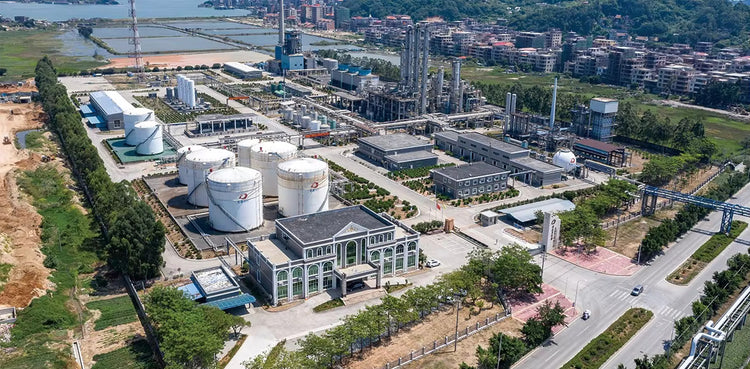
OMPANY PROFILE
More+OUR ADVANTAGE
 QUALITY CERTIFICATES
QUALITY CERTIFICATES QUALITY CERTIFICATES
QUALITY CERTIFICATES QUALITY CERTIFICATES
QUALITY CERTIFICATES OEM/ODM SUPPORT
OEM/ODM SUPPORT QUALITY CERTIFICATES
QUALITY CERTIFICATES 18 YEARS EXPORT
18 YEARS EXPORTPACKAGING LOGISTICS

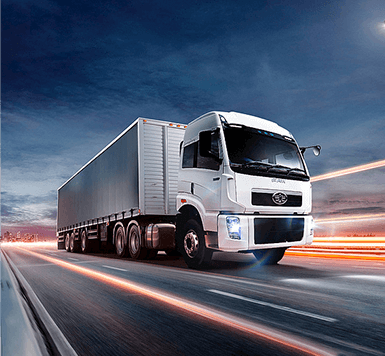 Truck
Truck Sea Freight
Sea Freight Ari Freight
Ari Freight
Hot Tags:


